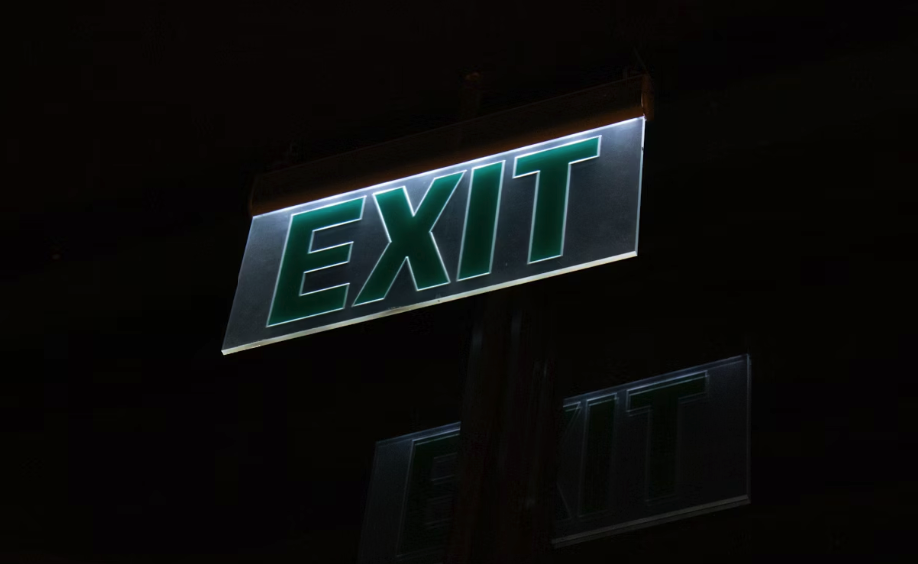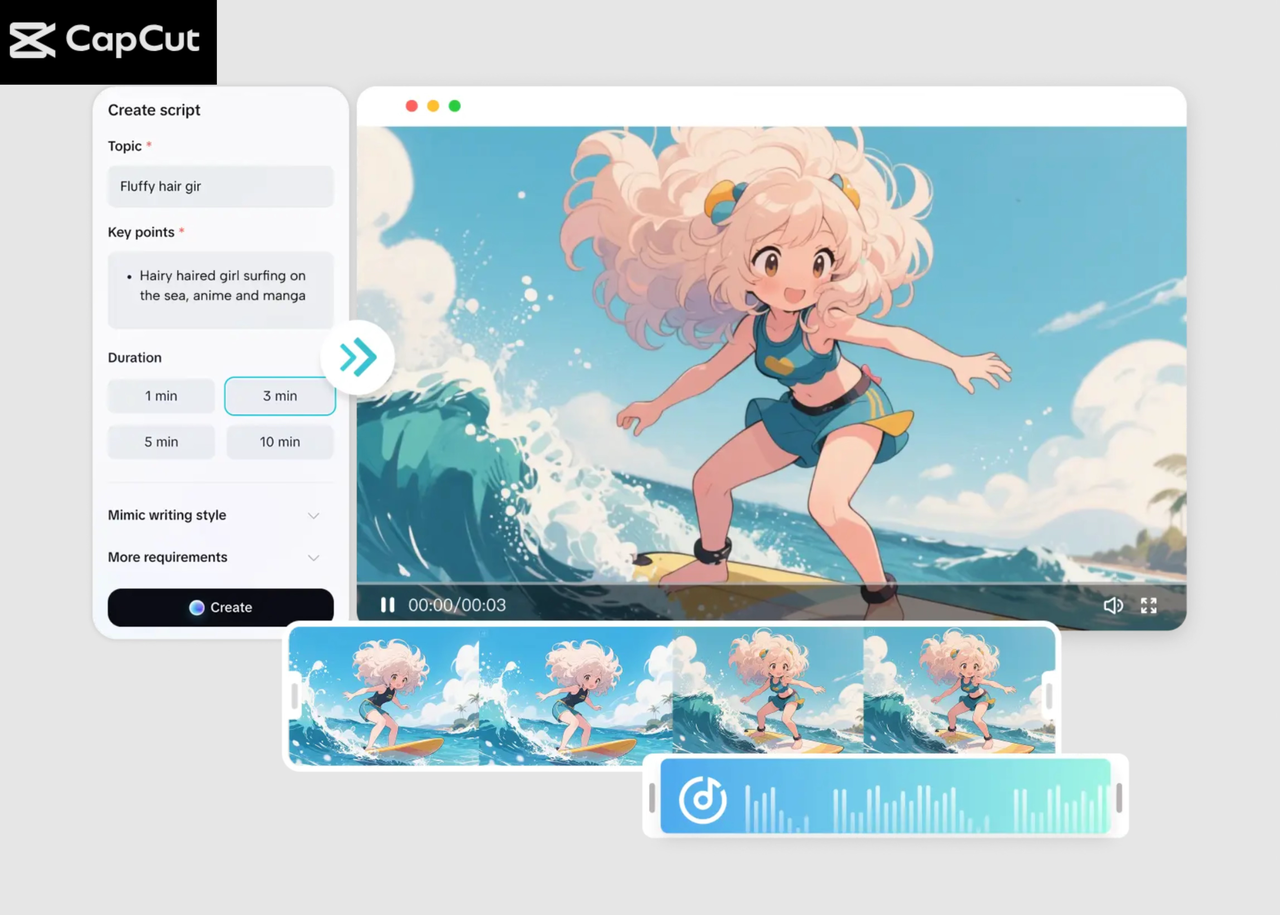Here’s something nobody tells you when you’re starting a business: planning your exit isn’t about being negative. It’s about being smart.
I’ve watched too many entrepreneurs trap themselves with commitments that made sense at the time but became absolute anchors when things changed. And things always change. The businesses that make it aren’t always the ones with the biggest dreams—they’re the ones that can turn on a dime when they need to.
An exit strategy isn’t about planning to fail or sell out. It’s about keeping your options open. It’s about making sure that in two years, when your industry looks completely different or an amazing opportunity pops up, you’re not stuck because you signed something you can’t get out of.
How We Trap Ourselves
Most of us do it without thinking. You need an office, so you sign a five-year lease because that’s what landlords want. You commit to equipment contracts, vendor agreements, and hire a bunch of full-time staff. Everything feels solid and professional.
Then the market shifts.
I know a guy who ran a successful coworking space. Signed a ten-year lease in 2018. By 2020, half his clients wanted remote options and the other half went bankrupt. He was still on the hook for years of rent on a space nobody wanted anymore. His business didn’t fail because his idea was bad—it failed because he couldn’t adapt fast enough.
The worst part? Breaking these commitments often costs more than keeping them. Commercial leases can trap you into paying every remaining month, sometimes with penalties stacked on top. Equipment contracts have brutal early termination fees. You end up choosing between bleeding money on something you don’t need or bleeding even more money to get out of it.
Why Being Able to Move Fast Matters More Than Ever
Look, I’m not saying don’t commit to anything. I’m saying that in 2025, flexibility is worth more than stability. When you’re not locked into five-year everything, you can actually respond when opportunities show up.
Business is good? Scale up without panicking about what happens if it slows down. Found a better location? Move. Discovered your product works better in a different market? Pivot. None of this is possible when you’re drowning in commitments you made two years ago based on assumptions that are no longer true.
And let’s talk about cash flow for a second. Fixed costs kill businesses. When you’ve got massive monthly expenses that don’t change whether you’re making money or not, you’re basically playing a game where the house always wins. Flexible commitments let you match what you’re spending to what you’re actually earning. Revolutionary concept, right?
The world’s changing faster than it ever has. Consumer trends flip overnight. Some new technology disrupts your entire industry before lunch. The economy does whatever unpredictable thing it’s going to do this quarter. The companies surviving this aren’t the biggest—they’re the fastest to adapt.
What This Actually Looks Like in Practice
So how do you build flexibility into your business? Start with how you hire. You don’t need everyone on permanent payroll. Mix full-time staff with contractors and project-based specialists. Get the expertise you need without committing to salaries and benefits forever.
Technology’s easier now too. Cloud software with monthly subscriptions beats dropping thousands on licenses that’ll be outdated in a year. You get the same tools, you just don’t get trapped.
Office space is the big one though. It’s usually your second-biggest expense after people, and traditionally it’s been the most inflexible. But that’s changing. Places like The Work Project office space in Tanjong Pagar are proving you can have professional space without the traditional lease nightmare. You get actual offices, meeting rooms, all the professional stuff you need—but you’re not locked in for years.
This matters more than it used to. Nobody knows if they’ll need the same amount of space in two years. Or if their team will be in the office five days versus two. Why commit to square footage and lease terms based on guesses?
Actually Building Your Way Out
Start by looking at what you’re already stuck in. Go through every contract and commitment. What would it cost to get out? When do they expire? Just knowing this stuff is powerful.
Then change how you think about new commitments. Before you sign anything long-term, ask yourself: what happens if I need to leave? Do I have an out? What’s it cost me? If those answers make your stomach hurt, find another option. They usually exist.
Keep some money in the bank too. Cash reserves aren’t just for emergencies—they’re what give you the freedom to make moves without desperation. That plus flexible commitments means you get to make decisions based on what’s smart, not what you’re forced to do.
The businesses that win aren’t the ones that never hit problems. They’re the ones that can adapt when problems show up. Flexible commitments aren’t about protecting your exit—they’re about protecting your ability to stay in the game on your terms.




